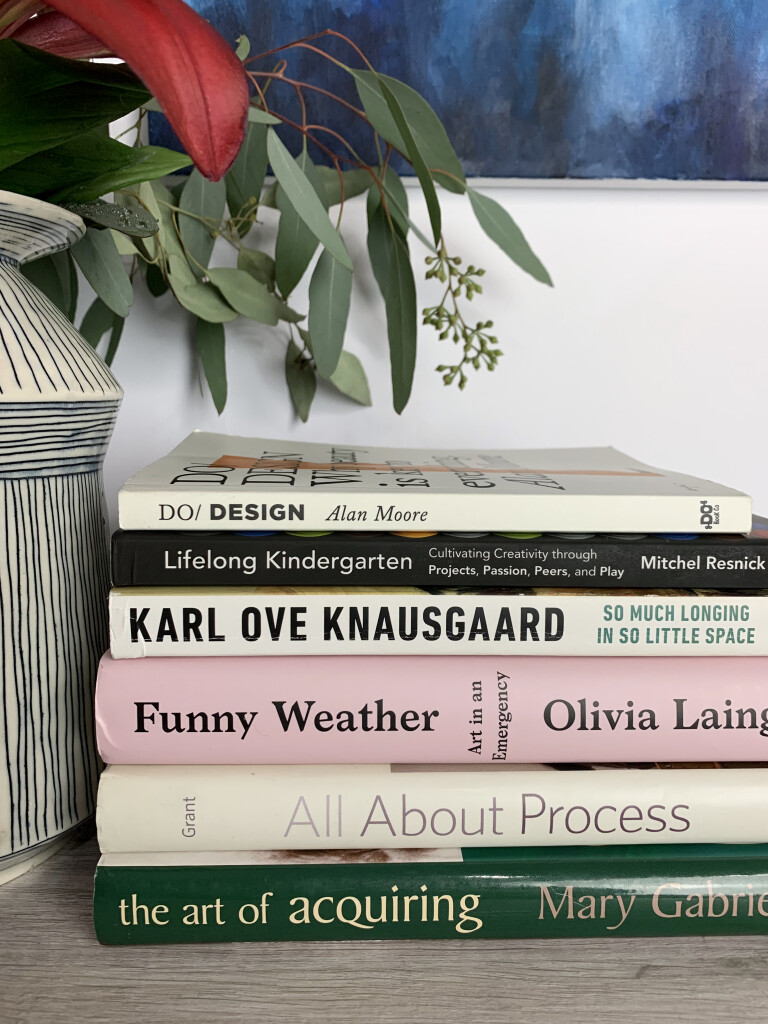
When January started, I didn’t intend for my entire reading list to be focused on art (with a smattering fo design and creativity thrown in) but it was what I was in the mood for, so I decided to lean into it.
My first read in January was one I actually started in December, Lifelong Kindergarten by Mitchel Resnick. I decided to read this book because I thought it would get at the same sense of play that I have in my Modular Collection, and while there were some nuggets in this book, overall, there wasn’t anything super mind blowing about it. I’ve come to realize that books on creativity don’t really hold my interest anymore, as it’s something that has become fairly core to who I am and most of the books don’t really seem like they say anything new, but there were some interesting considerations in the book for anyone who wants to bring more creativity to their teaching practice.
The next book I read was Do/Design by Alan Moore, which was one that I had hanging out on my bookshelf. This was a quick read (sometimes I like to throw those in so I feel accomplished) and like the previous book, there wasn’t anything really earth shattering in it. I did appreciate the section on how the world is sensual and textured, because I feel that too much of the sensory experience is left out of books about design, so it was nice to see it included.
I will admit that I was drawn to the next book, So Much Longing in So Little Space, by Karl Ove Knausgaard, simply because of the title. The book itself is about Edvard Munch, and while I’ve always felt pretty indifferent to Munch, the way the author weaves in his own experiences amid experiencing Munch’s work really had my hooked. In the end, this ended up being a really lovely, immersive read, which was much needed for someone who is missing art museums HARD right now.
I first started Funny Weather: Art in an Emergency by Olivia Laing last summer, but couldn’t quite get into it. I decided to give it another go this winter, in my need to keep reading about art. The book is a collection of essays, and I definitely enjoyed some more than others. My favorite was on artist Sargy Mann, who spent the last twenty-five years of his life painting blind. Overall though, I can’t say that this book left much of an impression on me.
I’m not sure how I originally came across The Art of Acquiring, but I had read Mary Gabriel’s most recent book, Ninth Street Women, a couple of years ago. (Which I loved, but which was also a beast! I ended up switching to the audio version of that book just to get through it!) The Art of Acquiring is thankfully much more manageable. It charts the life of the Cone sisters, Etta and Claribel, two women from Baltimore who spent their lives collecting art, most notably Matisse. (Their collection now lives at the Baltimore Museum of Art.) As someone who spends a lot of time thinking about why people buy art, I loved getting the opportunity to dive into the mindset of two women who were passionate collectors.
My favorite book I read this month was All About Process by Kim Grant, and truth be told, it took me most of the month to read it. (I actually read it alongside the last three books, because it was such slow going.) All About Process is very academic and dense, but I loved the way it charted artists’ relationships with process and how that evolved through time. (Though it is worth noting, the focus is only on European and American artists.) I did however, appreciate the ways that Grant looked at prevailing attitudes towards craft and process in addition to art.
As an artist in the era of social media (and as someone who coaches artists and makers in business) I see so much pressure to share our processes online. This book really charted the development of how process came to be seen as a central part of what makes art valuable, a legacy which we are navigating today.
There’s so much in the book (and it made my TBR pile even longer than it already is) so I see myself coming back to it again and reflecting more. I don’t think it’s for everyone, but if you’re an artist or maker who doesn’t mind a more academic (ok, VERY academic) dive through history, it’s worth looking into.
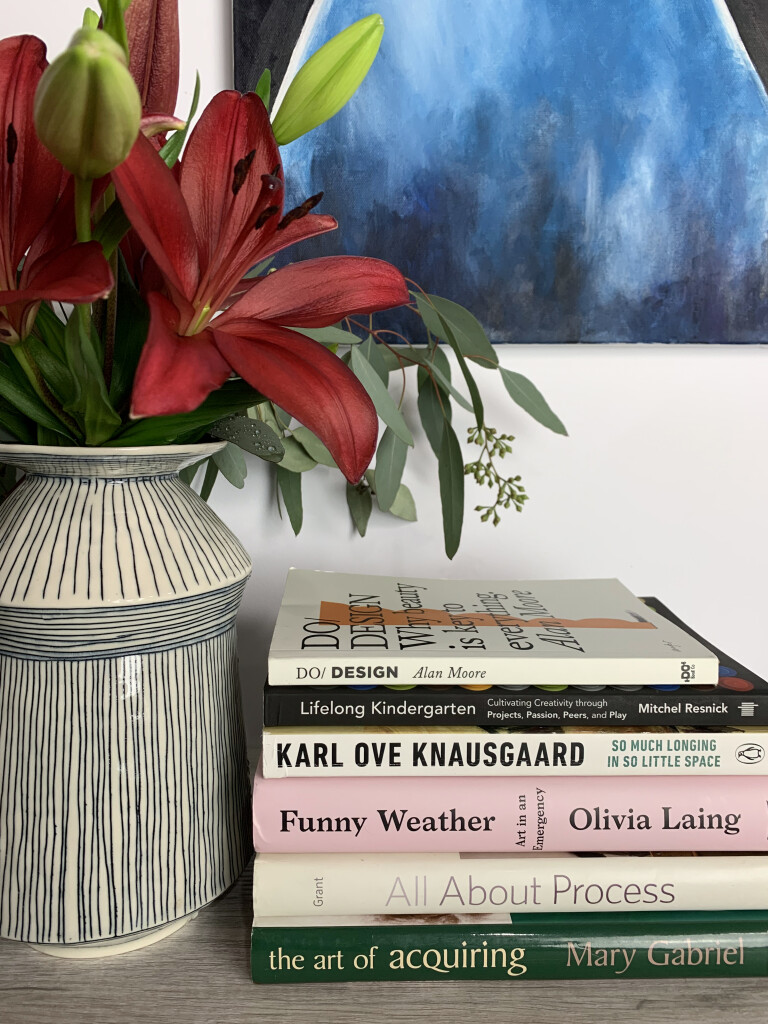
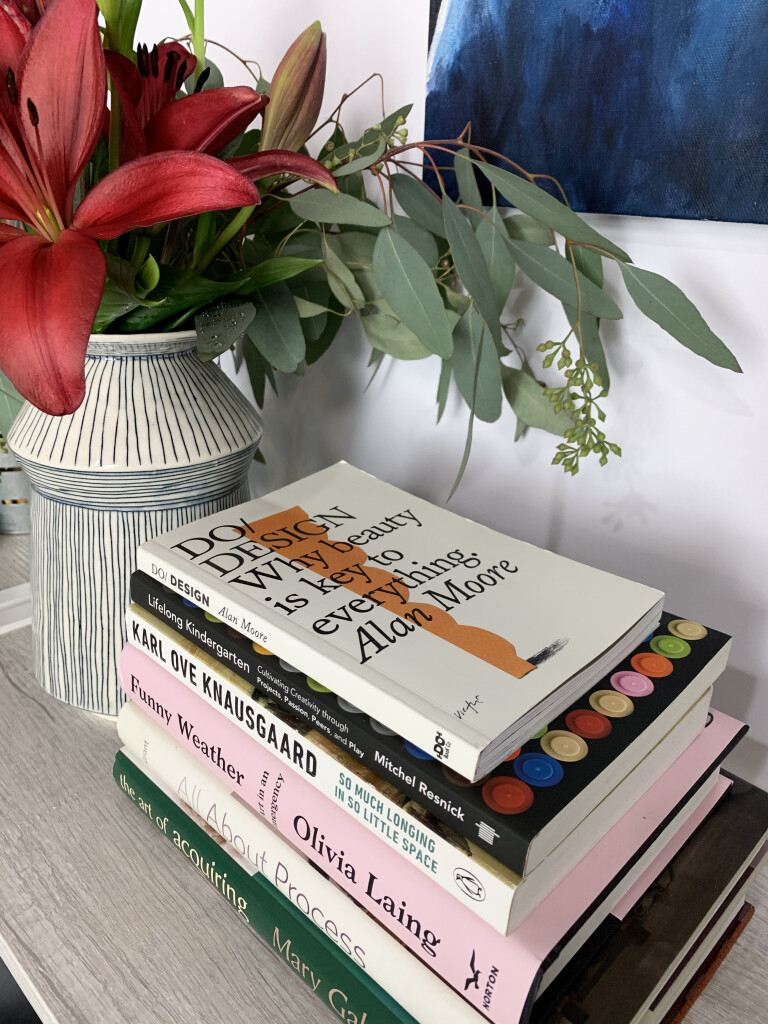
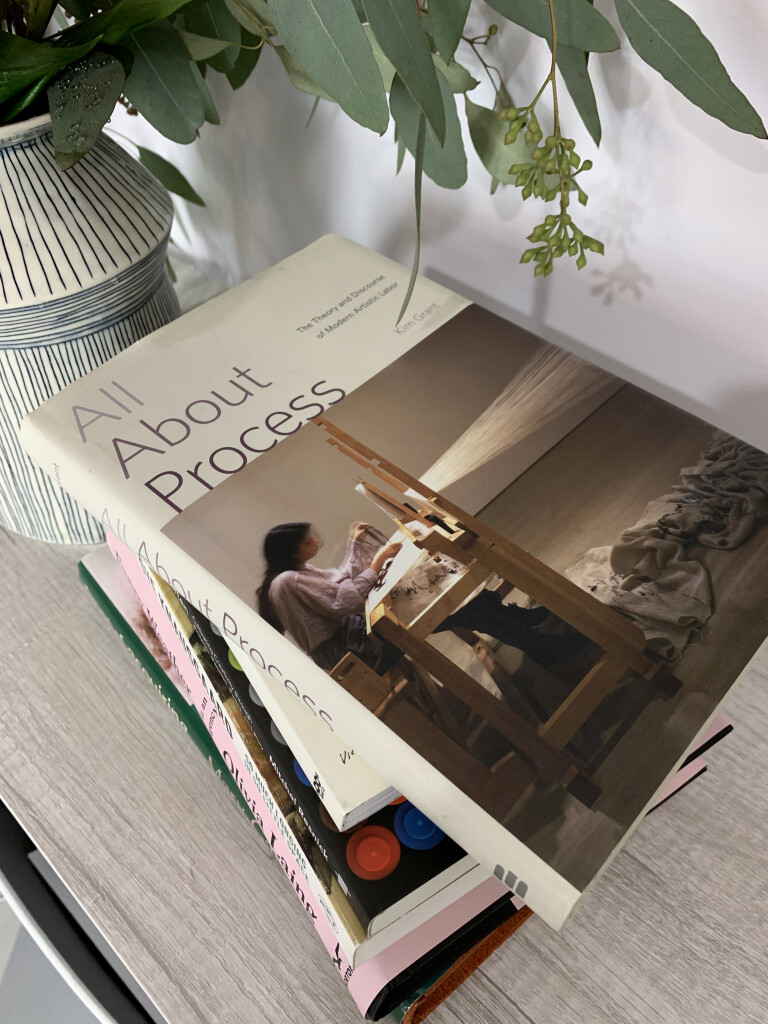
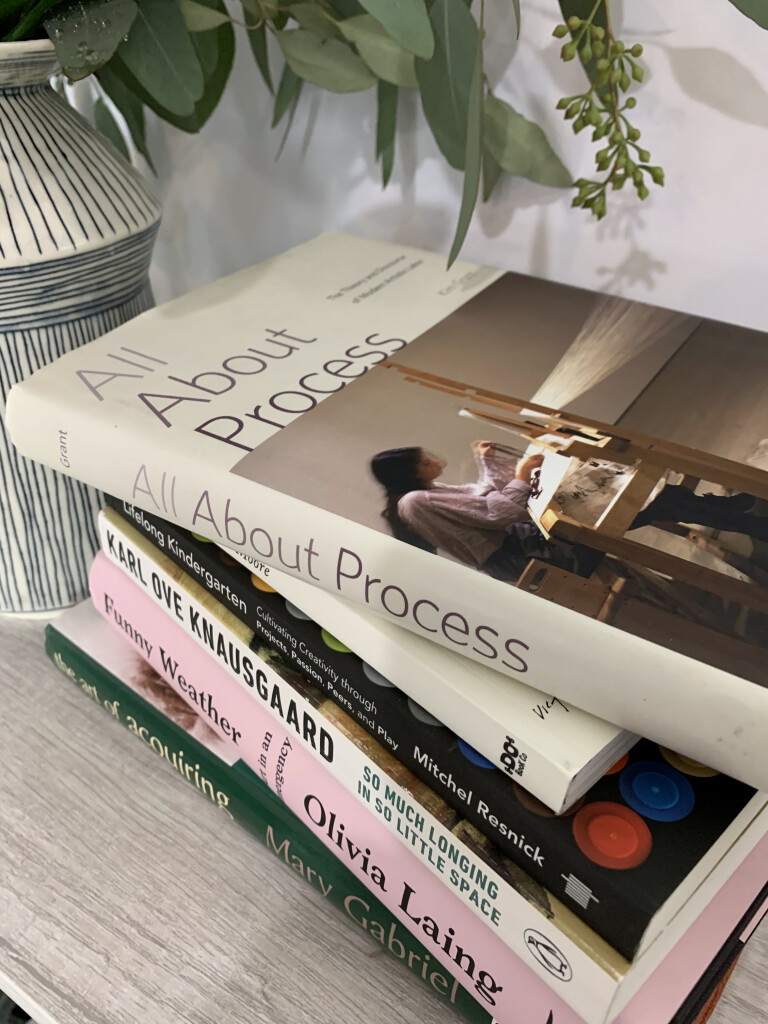
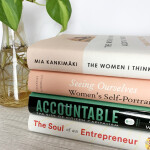

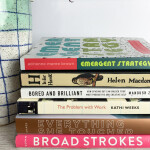
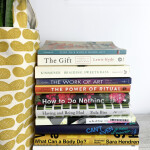
Leave a Reply